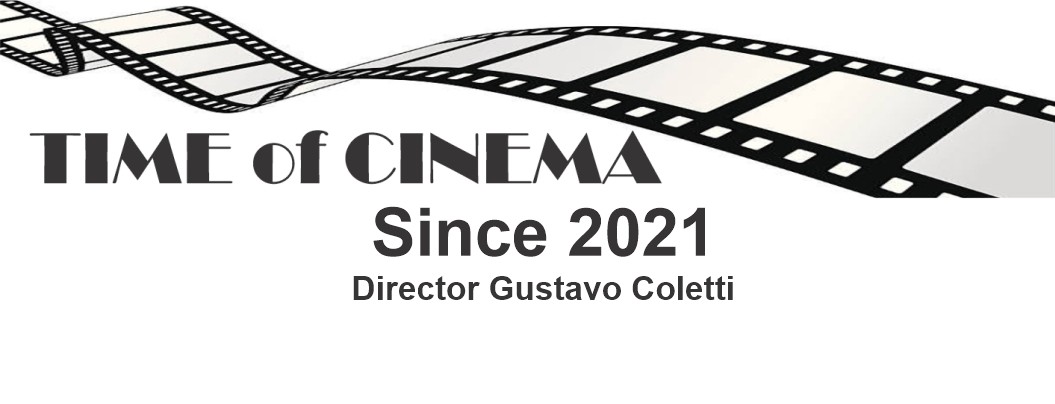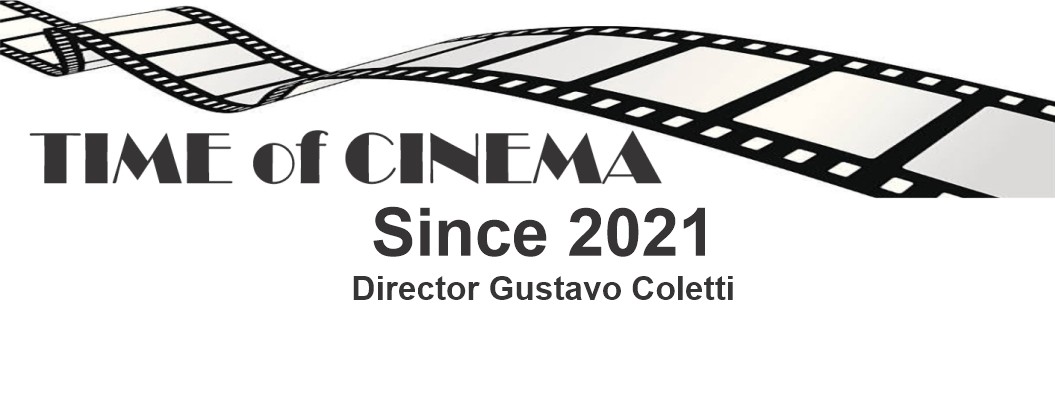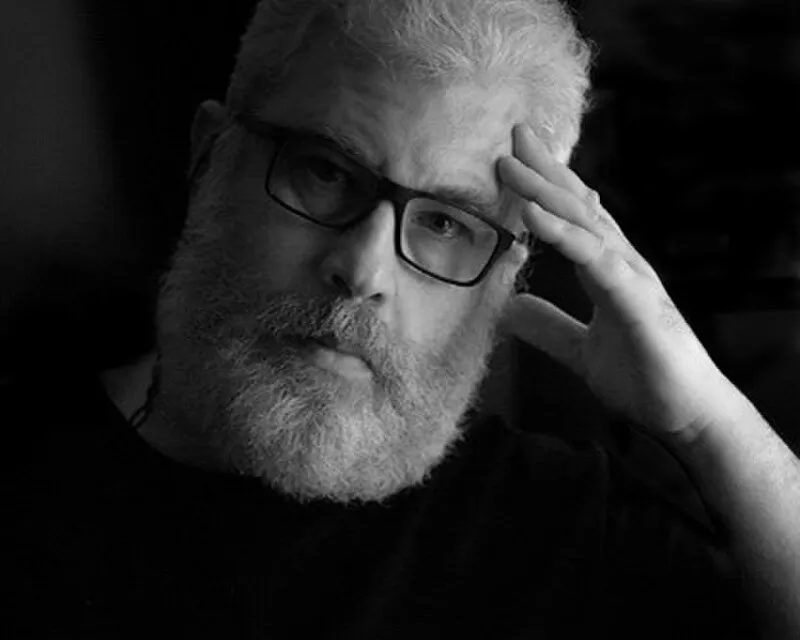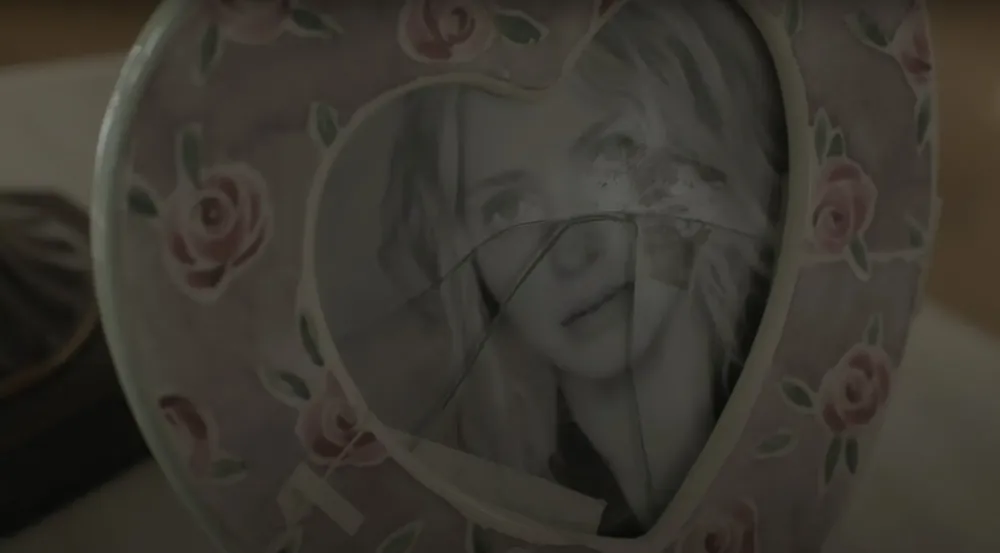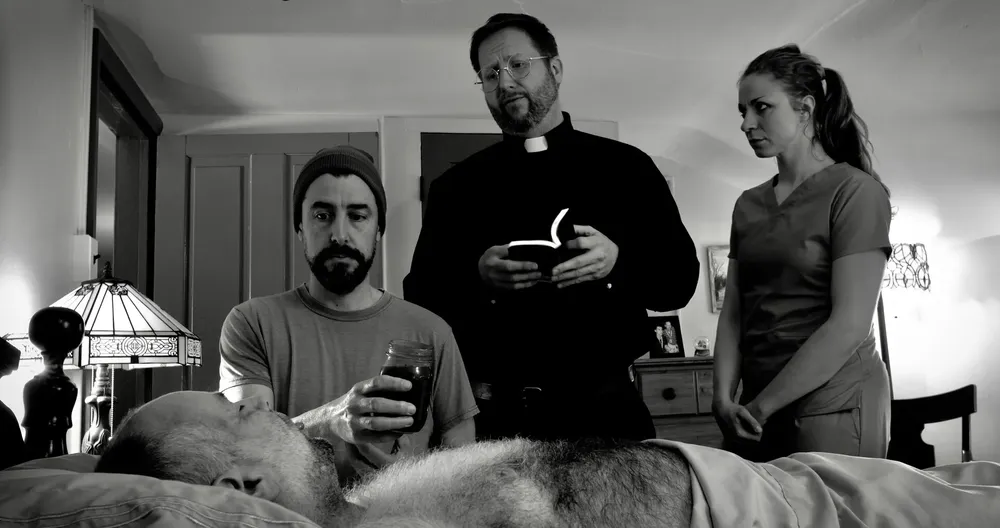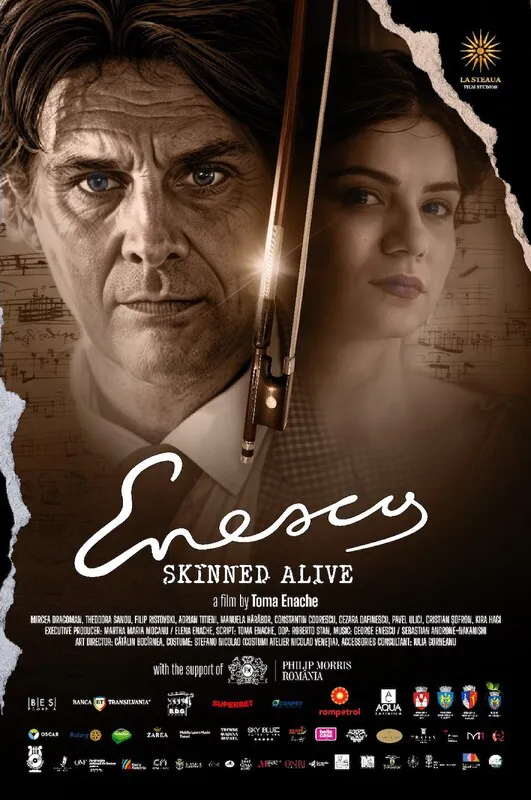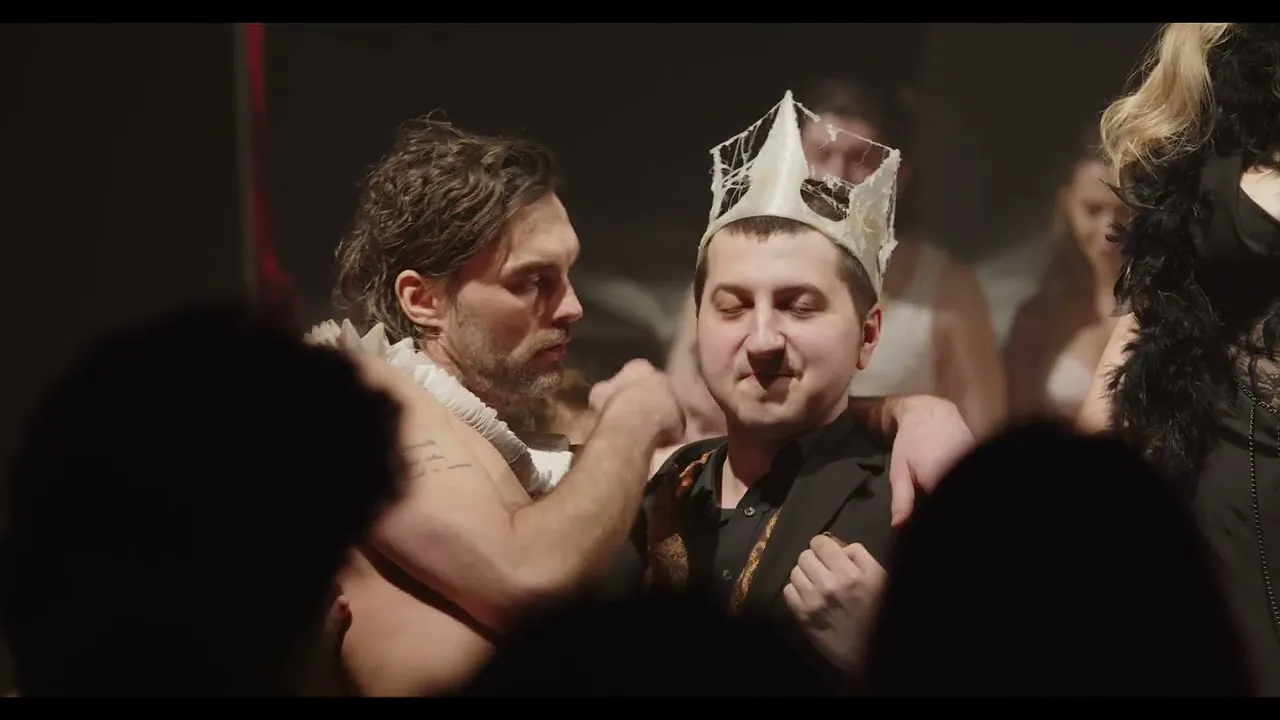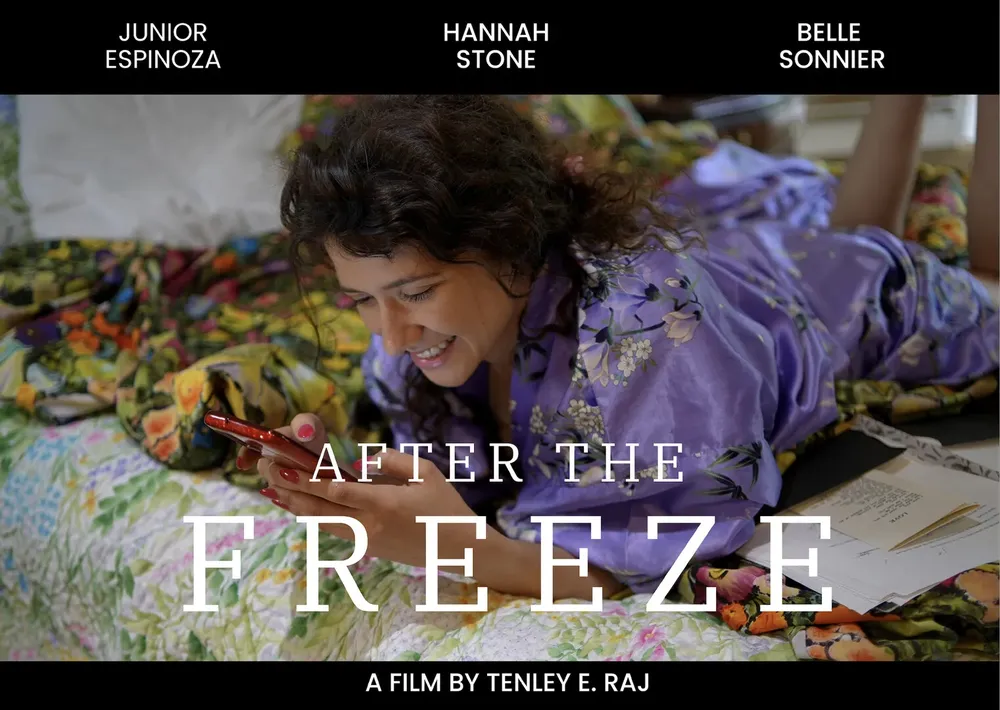
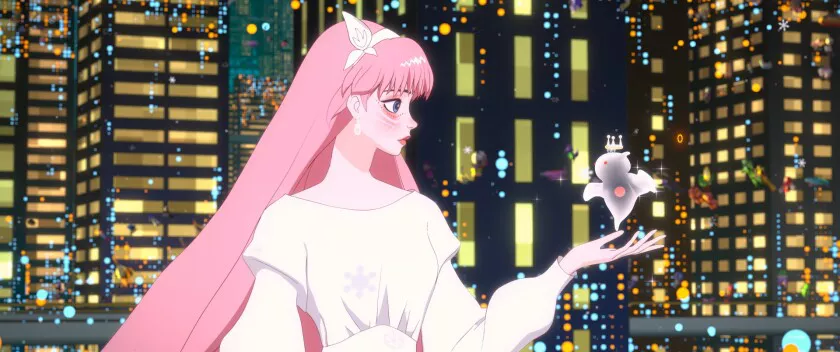
A musical sequence halfway through Mamoru Hosoda’s Belle, a metaverse-set spin on Beauty and the Beast, recreates the famous ballroom dance from the 1991 Disney version. Hosoda takes the homage one step further: as unlikely internet friends Belle (the world-famous online persona of ordinary Japanese high-schooler Suzu) and the Dragon (a widely hated and trolled avatar) begin their dance in the VR world “U,” their feet lift off the ground. Soon they are not merely waltzing together but orbiting one another within a starfield. In Hosoda’s take, the fairy tale becomes a jumping-off point for a moving meditation on how the internet’s veil of pseudonymity can help people forge meaningful bonds.
Belle cunningly employs varied visual modes to conjure different psychological spaces. U is an utterly artificial world of extravagant computer-animated hyperkineticism within which user avatars are infinitesimally small, with a limited range of expressions (a restriction of the cel-shading technique of used in these sequences) but boundless freedom. In U, characters can execute superhuman stunts (like levitating in the night sky) on a whim. The IRL world, in contrast, is rendered via grounded, traditional 2D animation; the characters’ movements are restrained and the animators emphasize their emotional nuances. Even mundane real-world interactions, however, are inventively staged: a surge of gossip and petty grievances within Suzu’s class is depicted as a turn-based strategy video game.
In Hosoda’s reinterpretation of the fable, Suzu, whose Belle avatar gains fame as a singer, is intrigued by the Dragon when he unwittingly gatecrashes her virtual concert. The film follows Suzu’s attempts to get to know the person who lurks behind the grotesque mask. Though their relationship is tinged with romantic possibility, Suzu is driven more by the intuition that she’s met someone who needs help—the Dragon’s beastly exterior hides not a handsome prince but just another lonely outsider. Despite the increasing corporatized ugliness of the internet, Belle evinces a dogged faith in the possibilities the virtual realm offers for imagination, empathy, and human connection.
